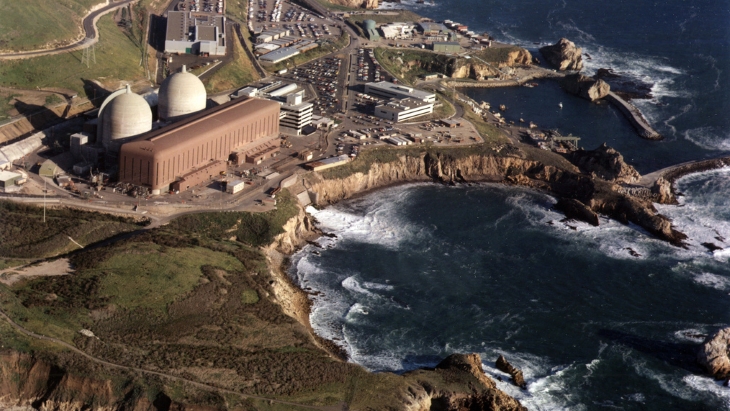
Efficiency and innovation are key for maintaining compliance in a rigorous regulatory environment and achieving the levels of productivity needed to ensure nuclear can meet growing demand worldwide, they said. Federal and state regulations require nuclear utilities to manage billions of pages of technical documentation, spread across multiple systems, and both time and resources are needed to retrieve essential data accurately and reliably. Access to the AI solution at Diablo Canyon will revolutionise the approach to managing these datasets.
Neutron Enterprise will integrate seamlessly with Diablo Canyon's existing systems, using optical character recognition, retrieval-augmented generation, and AI-powered search technology to cut search times from hours to seconds, according to PG&E. This will allow allow teams at the plant to focus on "high-value tasks and decision-making".
"As the first nuclear power plant to implement Neutron Enterprise using the NVIDIA platform, we're proud to lead the way in bringing cutting-edge innovation to our operations," Maureen Zawalick, vice president of Business and Technical Services at Diablo Canyon Power Plant. "Atomic Canyon's AI solutions will enable faster data retrieval, boosting collaboration and ensuring continued safe, but more efficient operations. Accessing critical information in seconds will let us focus on what truly matters - delivering reliable clean energy safely and affordably."
The Neutron Enterprise solution is powered by Atomic Canyon's FERMI family of open-source AI models, which have been developed in collaboration with the Department of Energy's Oak Ridge National Laboratory, and are specifically designed for the nuclear energy sector.
Atomic Canyon founder and CEO Trey Lauderdale described the launch of Neutron Enterprise at Diablo Canyon as a pivotal moment for the nuclear energy sector. "This is the future of nuclear plant operations, and we're just scratching the surface," he said.
The two pressurised water reactor units at Diablo Canyon provide nearly 9% of California's electricity and 17% of its zero-carbon energy. The units had been earmarked for closure in 2024 for unit 1 and 2025 for unit 2, but in September 2022 - as California's energy grid saw its highest-ever peak demand during a record-breaking heatwave - the state passed a law allowing the two to continue operation until 2030.